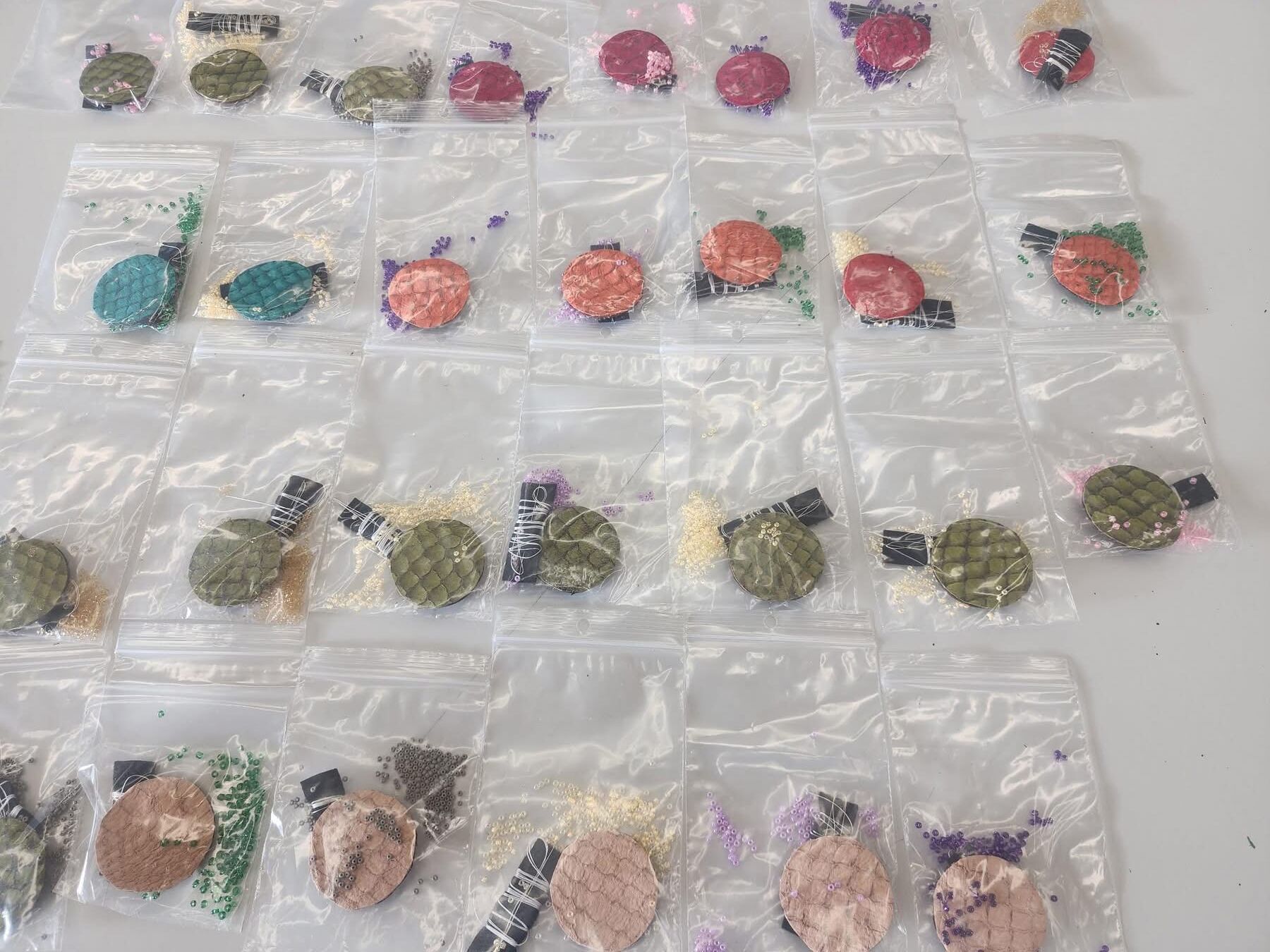How do you plan a field trip for remote or fly-in communities? Non-profit has an answer
Why It Matters
Offering hands-on learning experiences to students with limited access to interactive education significantly boosts engagement and improves learning outcomes.

This story was produced in partnership with TakingItGlobal, which runs the Connected North program. See our editorial ethics and standards here.
Curiosity is at the core of a school field trip experience, but what do you do when those experiences exist thousands of kilometres away?
Connected North is a virtual learning experience that gives classrooms access to educational resources in remote communities where travelling is too expensive.
And those interactive experiences are proving to be invaluable.
For students at Angik School in the Northwest Territories, their interest was evident during their virtual, interactive field trip.
The excited students, ages 10-16, sat eager to participate in a Connected North session with Mary Jane Nigiyok, a self-taught beader.
The school is situated on the edge of the Arctic Ocean in Paulatuk, a remote community of 350 people.
The only way to access the town is by flying in, which can make taking a field trip challenging.
For principal Kyle Sagert, interactive learning is a fundamental part of his school, making Connected North’s programming an obvious choice.
“I’m very much not a textbook person,” Sagert said.
“I believe in the non-traditional way, trying to root things in students’ language and culture.”
The guest speaker and facilitator of their Connected North session is also from the Northwest Territories, in the nearby town of Ulukhaktok, providing students with a unique learning opportunity but also a role model.
“I think it helps ground students where they are and helps them be a little more interested and engaged,” Sagert said.
Angik School is one of the 200 schools that work with Connected North and has been involved since last school year. For this session, students were taught how Nigiyok beads fishskin broach pins.

Students received packages to follow along as Nigiyok guided them through the art of beading using two cameras: one focused on her, and the other zoomed in on her hands through a document camera, providing a close-up view of her instructions.

“It will teach them patience and understanding of how to follow a repetitive pattern,” said Nigiyok.
She’s been working with Connected North since last year and said the sessions are a great way to link students with outside resources.
“I think it’s very important because they get to know not only what’s in their community, but what other projects people are doing outside of their community,” she said.

She believes the program would have benefited her growing up in northern Canada, where the isolation made accessing learning opportunities outside of her community difficult.
During the session, students proudly shared their beadwork with Nigiyok, holding up their designs to the camera.
Last year, Connected North provided more than 6,200 sessions across Canada, supporting First Nations, Inuit and Metis students.
Interactive learning is crucial in enhancing students’ learning experiences, providing lasting memories, and forming a deeper connection to the world beyond the classroom, said Jennifer Corriero, the executive director of Connected North, a program at TakingITGlobal.
“The more that we can surround students with role models and people who believe in them, the more they will pursue their learning goals and gain confidence in their capabilities,” she said.
TakingITGlobal is a non-profit organization that empowers students through youth engagement programs.
“We can help close the opportunity access gaps through digital inclusion and community partnerships,” said Corriero.
Truth and Reconciliation Commitment
Connected North reflects the Truth and Reconciliation Commitment Call to Action number ten.
It calls on the federal government to develop culturally appropriate curricula, respect and honour Treaty relationships, and work towards closing educational achievement gaps within one generation.
The program strives to achieve these through its 400 session providers.
While the Angik students learned how to make a fishskin broach pin, Connected North covers topics from science centres, museums, cultural centres and post-secondary campuses.
The diverse range of opportunities for students to learn outside of a textbook is a tool that schools like Sagert’s call “invaluable.”
“It connects them to people that they wouldn’t normally have access to,” said Sagert.
“It’s just nice for the kids to see other Indigenous role models and other Indigenous men and women who are artists, they’re public speakers or beaders,” he said.
“All those things have been really fun and engaging and they can supplement the things that we’re teaching.”
To book a session with Connected North, educators from participating schools can visit ConnectedNorth.org.

